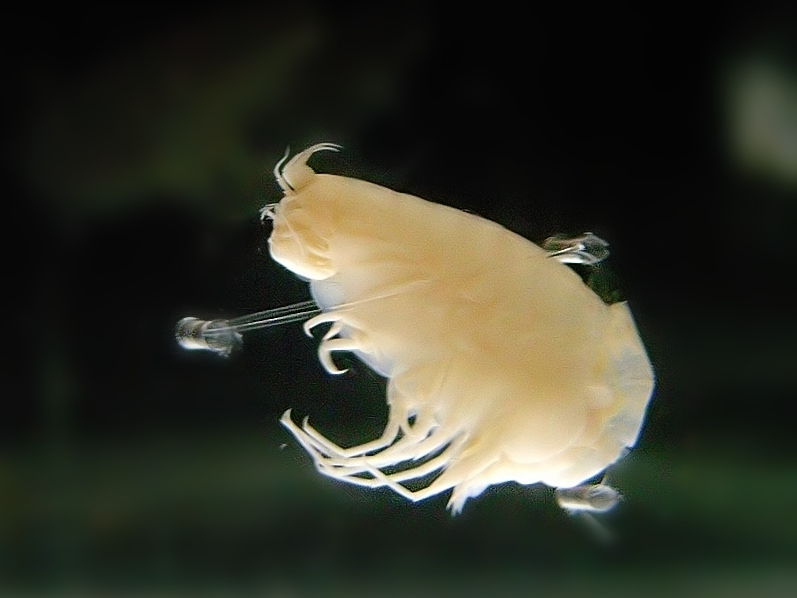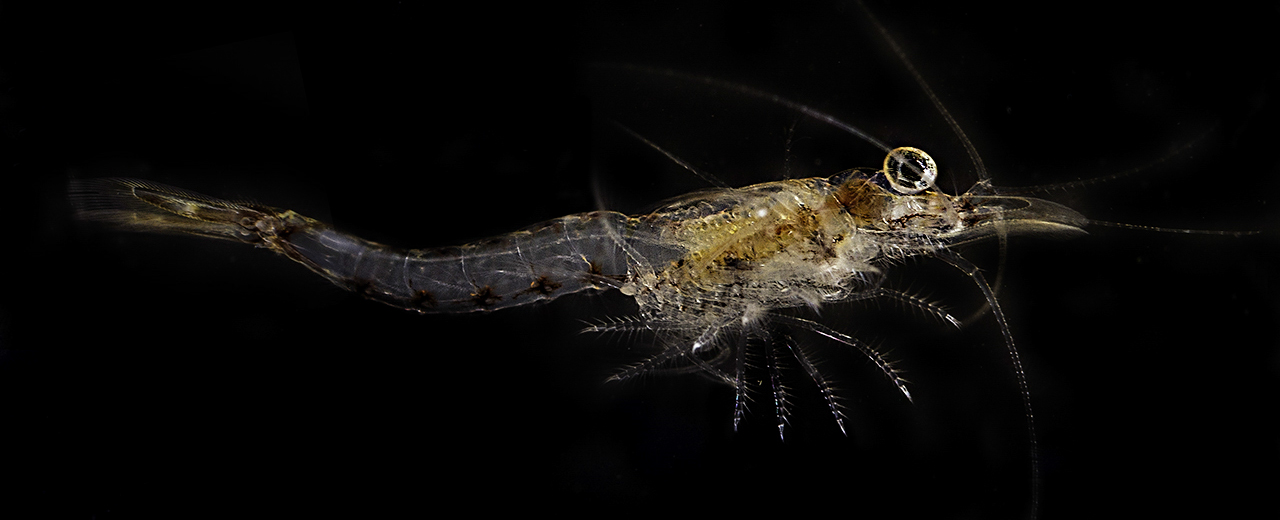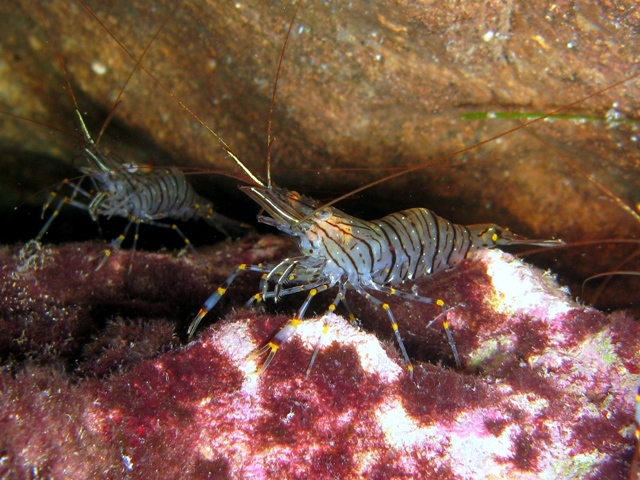|
Hippocampus Planifrons
The false-eye seahorse, or flatface seahorse (''Hippocampus planifrons'') is a species of marine fish of the family Syngnathidae. It is endemic to Australia, from Shark Bay to Broome, where it is found in intertidal rockpools, shallow algae and weedy or rubble reef habitats. It is expected to feed on harpacticoid, calanoid, and cyclopoid copepods, caridean and gammaridean shrimps, and mysids, similar to other seahorses A seahorse (also written ''sea-horse'' and ''sea horse'') is any of 46 species of small marine fish in the genus ''Hippocampus''. "Hippocampus" comes from the Ancient Greek (), itself from () meaning "horse" and () meaning "sea monster" or " .... This species is ovoviviparous, with males brooding eggs in a brood pouch before giving birth to live young. Identifying features ''H. planifrons'' is usually around long, but can grow to . It is characterized by a relatively small head, short and upturned snout, slender trunk, slightly raised coronet, and ... [...More Info...] [...Related Items...] OR: [Wikipedia] [Google] [Baidu] |
Syngnathidae
The Syngnathidae is a family of fish which includes seahorses, pipefishes, and seadragons ('' Phycodurus'' and '' Phyllopteryx''). The name is derived from grc, σύν (), meaning "together", and (), meaning "jaw". The fused jaw is one of the traits that the entire family have in common. Description and biology Syngnathids are found in temperate and tropical seas across the world. Most species inhabit shallow, coastal waters, but a few are known from the open ocean, especially in association with sargassum mats. They are characterised by their elongated snouts, fused jaws, the absence of pelvic fins, and by thick plates of bony armour covering their bodies. The armour gives them a rigid body, so they swim by rapidly fanning their fins. As a result, they are relatively slow compared with other fish but are able to control their movements with great precision, including hovering in place for extended periods. Uniquely, after syngnathid females lay their eggs, the male then f ... [...More Info...] [...Related Items...] OR: [Wikipedia] [Google] [Baidu] |
Gammaridean
Gammaridea is one of the suborders of the order Amphipoda, comprising small, shrimp-like crustaceans. Until recently, in a traditional classification, it encompassed about 7,275 (92%) of the 7,900 species of amphipods described by then, in approximately 1,000 genera, divided among around 125 families. That concept of Gammaridea included almost all freshwater amphipods, while most of the members still were marine. The group is however considered paraphyletic, and is under deconstruction by the amphipod taxonomists J. Lowry and A. Myers. In 2003 they moved several families from Gammaridea to join members of the former Caprellidea in a new suborder Corophiidea.A. A. Myers & J. K. Lowry (2003). "A phylogeny and a new classification of the Corophiidea Leach, 1814 (Amphipoda)". Journal of Crustacean Biology 23 (2): 443–485. doi:10.1651/0278-0372 Further, in 2013 another large suborder Senticaudata was established, which now encompasses much of the original Gammaridea, particularl ... [...More Info...] [...Related Items...] OR: [Wikipedia] [Google] [Baidu] |
Fish Described In 1877
Fish are Aquatic animal, aquatic, craniate, gill-bearing animals that lack Limb (anatomy), limbs with Digit (anatomy), digits. Included in this definition are the living hagfish, lampreys, and Chondrichthyes, cartilaginous and bony fish as well as various extinct related groups. Approximately 95% of living fish species are ray-finned fish, belonging to the class Actinopterygii, with around 99% of those being teleosts. The earliest organisms that can be classified as fish were soft-bodied chordates that first appeared during the Cambrian period. Although they lacked a vertebrate, true spine, they possessed notochords which allowed them to be more agile than their invertebrate counterparts. Fish would continue to evolve through the Paleozoic era, diversifying into a wide variety of forms. Many fish of the Paleozoic developed placodermi, external armor that protected them from predators. The first fish with jaws appeared in the Silurian period, after which many (such as sharks) b ... [...More Info...] [...Related Items...] OR: [Wikipedia] [Google] [Baidu] |
Hippocampus (genus)
A seahorse (also written ''sea-horse'' and ''sea horse'') is any of 46 species of small marine fish in the genus ''Hippocampus''. "Hippocampus" comes from the Ancient Greek (), itself from () meaning "horse" and () meaning "sea monster" or "sea animal". Having a head and neck suggestive of a horse, seahorses also feature segmented bony armour, an upright posture and a curled prehensile tail. Along with the pipefishes and seadragons ('' Phycodurus'' and '' Phyllopteryx'') they form the family Syngnathidae. Habitat Seahorses are mainly found in shallow tropical and temperate salt water throughout the world, from about 45°S to 45°N. They live in sheltered areas such as seagrass beds, estuaries, coral reefs, and mangroves. Four species are found in Pacific waters from North America to South America. In the Atlantic, '' Hippocampus erectus'' ranges from Nova Scotia to Uruguay. '' H. zosterae'', known as the dwarf seahorse, is found in the Bahamas. Colonies have been found in ... [...More Info...] [...Related Items...] OR: [Wikipedia] [Google] [Baidu] |
Coronet
A coronet is a small crown consisting of ornaments fixed on a metal ring. A coronet differs from other kinds of crowns in that a coronet never has arches, and from a tiara in that a coronet completely encircles the head, while a tiara does not. In other languages, this distinction is not made as usually the same word for ''crown'' is used irrespective of rank (german: Krone, nl, Kroon, sv, Krona, french: Couronne, etc.) Today, its main use is not as a headgear (indeed, many people entitled to a coronet never have a physical one created), but as a rank symbol in heraldry, adorning a coat of arms. Etymology The word stems from the Old French ''coronete'', a diminutive of ''co(u)ronne'' ('crown'), itself from the Latin ''corona'' (also 'wreath') and from the Ancient Greek ''κορώνη'' (''korōnē''; 'garland' or 'wreath'). Traditionally, such headgear is used by nobles and by princes and princesses in their coats of arms, rather than by monarchs, for whom the ... [...More Info...] [...Related Items...] OR: [Wikipedia] [Google] [Baidu] |
Ovoviviparous
Ovoviviparity, ovovivipary, ovivipary, or aplacental viviparity is a term used as a "bridging" form of reproduction between egg-laying oviparous and live-bearing viviparous reproduction. Ovoviviparous animals possess embryos that develop inside eggs that remain in the mother's body until they are ready to hatch. The young of some ovoviviparous amphibians, such as '' Limnonectes larvaepartus'', are born as larvae, and undergo further metamorphosis outside the body of the mother. Members of genera '' Nectophrynoides'' and '' Eleutherodactylus'' bear froglets, not only the hatching, but all the most conspicuous metamorphosis, being completed inside the body of the mother before birth. Among insects that depend on opportunistic exploitation of transient food sources, such as many Sarcophagidae and other carrion flies, and species such as many Calliphoridae, that rely on fresh dung, and parasitoids such as tachinid flies that depend on entering the host as soon as possible ... [...More Info...] [...Related Items...] OR: [Wikipedia] [Google] [Baidu] |
Seahorses
A seahorse (also written ''sea-horse'' and ''sea horse'') is any of 46 species of small marine fish in the genus ''Hippocampus''. "Hippocampus" comes from the Ancient Greek (), itself from () meaning "horse" and () meaning "sea monster" or "sea animal". Having a head and neck suggestive of a horse, seahorses also feature segmented bony armour, an upright posture and a curled prehensile tail. Along with the pipefishes and seadragons ('' Phycodurus'' and '' Phyllopteryx'') they form the family Syngnathidae. Habitat Seahorses are mainly found in shallow tropical and temperate salt water throughout the world, from about 45°S to 45°N. They live in sheltered areas such as seagrass beds, estuaries, coral reefs, and mangroves. Four species are found in Pacific waters from North America to South America. In the Atlantic, '' Hippocampus erectus'' ranges from Nova Scotia to Uruguay. '' H. zosterae'', known as the dwarf seahorse, is found in the Bahamas. Colonies have b ... [...More Info...] [...Related Items...] OR: [Wikipedia] [Google] [Baidu] |
Mysids
Mysida is an order of small, shrimp-like crustaceans in the malacostracan superorder Peracarida. Their common name opossum shrimps stems from the presence of a brood pouch or "marsupium" in females. The fact that the larvae are reared in this pouch and are not free-swimming characterises the order. The mysid's head bears a pair of stalked eyes and two pairs of antennae. The thorax consists of eight segments each bearing branching limbs, the whole concealed beneath a protective carapace and the abdomen has six segments and usually further small limbs. Mysids are found throughout the world in both shallow and deep marine waters where they can be benthic or pelagic, but they are also important in some fresh water and brackish ecosystems. Many benthic species make daily vertical migrations into higher parts of the water column. Mysids are filter feeders, omnivores that feed on algae, detritus and zooplankton. Some mysids are cultured in laboratories for experimental purposes and ... [...More Info...] [...Related Items...] OR: [Wikipedia] [Google] [Baidu] |
Shrimps
Shrimp are crustaceans (a form of shellfish) with elongated bodies and a primarily swimming mode of locomotion – most commonly Caridea and Dendrobranchiata of the decapod order, although some crustaceans outside of this order are referred to as "shrimp". More narrow definitions may be restricted to Caridea, to smaller species of either group or to only the marine species. Under a broader definition, ''shrimp'' may be synonymous with prawn, covering stalk-eyed swimming crustaceans with long, narrow muscular tails (abdomens), long whiskers ( antennae), and slender legs. Any small crustacean which resembles a shrimp tends to be called one. They swim forward by paddling with swimmerets on the underside of their abdomens, although their escape response is typically repeated flicks with the tail driving them backwards very quickly. Crabs and lobsters have strong walking legs, whereas shrimp have thin, fragile legs which they use primarily for perching.Rudloe & Rudloe (2009), ... [...More Info...] [...Related Items...] OR: [Wikipedia] [Google] [Baidu] |
Caridean
The Caridea, commonly known as caridean shrimp or true shrimp, are an infraorder of shrimp within the order Decapoda. This infraorder contains all species of true shrimp. They are found widely around the world in both fresh and salt water. Many other animals with similar names – such as the mud shrimp of Axiidea and the boxer shrimp of Stenopodidea – are not true shrimp, but many have evolved features similar to true shrimp. Biology Carideans are found in every kind of aquatic habitat, with the majority of species being marine. Around a quarter of the described species are found in fresh water, however, including almost all the members of the species-rich family Atyidae and the Palaemonidae subfamily Palaemoninae. They include several commercially important species, such as ''Macrobrachium rosenbergii'', and are found on every continent except Antarctica. The marine species are found at depths to , and from the tropics to the polar regions. In addition to the great variety in ... [...More Info...] [...Related Items...] OR: [Wikipedia] [Google] [Baidu] |
Endemic
Endemism is the state of a species being found in a single defined geographic location, such as an island, state, nation, country or other defined zone; organisms that are indigenous to a place are not endemic to it if they are also found elsewhere. For example, the Cape sugarbird is found exclusively in southwestern South Africa and is therefore said to be ''endemic'' to that particular part of the world. An endemic species can be also be referred to as an ''endemism'' or in scientific literature as an ''endemite''. For example ''Cytisus aeolicus'' is an endemite of the Italian flora. ''Adzharia renschi'' was once believed to be an endemite of the Caucasus, but it was later discovered to be a non-indigenous species from South America belonging to a different genus. The extreme opposite of an endemic species is one with a cosmopolitan distribution, having a global or widespread range. A rare alternative term for a species that is endemic is "precinctive", which applies to ... [...More Info...] [...Related Items...] OR: [Wikipedia] [Google] [Baidu] |
Copepods
Copepods (; meaning "oar-feet") are a group of small crustaceans found in nearly every freshwater and saltwater habitat. Some species are planktonic (inhabiting sea waters), some are benthic (living on the ocean floor), a number of species have parasitic phases, and some continental species may live in limnoterrestrial habitats and other wet terrestrial places, such as swamps, under leaf fall in wet forests, bogs, springs, ephemeral ponds, and puddles, damp moss, or water-filled recesses ( phytotelmata) of plants such as bromeliads and pitcher plants. Many live underground in marine and freshwater caves, sinkholes, or stream beds. Copepods are sometimes used as biodiversity indicators. As with other crustaceans, copepods have a larval form. For copepods, the egg hatches into a nauplius form, with a head and a tail but no true thorax or abdomen. The larva molts several times until it resembles the adult and then, after more molts, achieves adult development. The nauplius form i ... [...More Info...] [...Related Items...] OR: [Wikipedia] [Google] [Baidu] |


.jpg)




.jpg)
